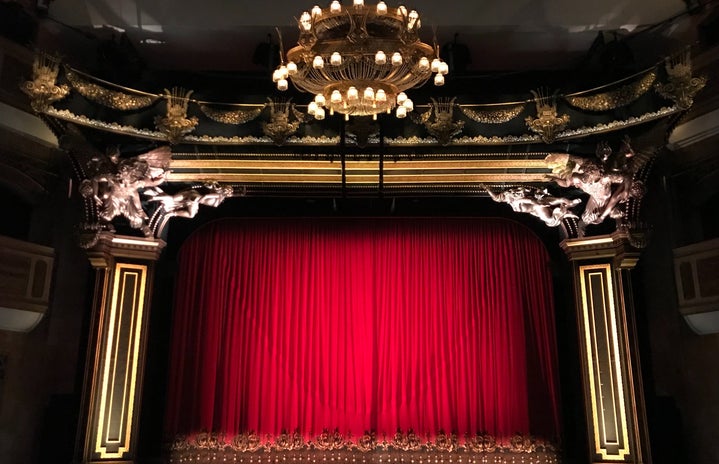When Mindy Copeland was growing up, the accepted image of a ballerina was an excessively thin, white woman in pink stockings. Little did she know she would go on to challenge this limiting idea by becoming the first Black female principal dancer with the American Ballet Theater company.
Dancers are athletes, performers and artists. When they are on the stage they pour out an expression of themselves for the world to see. Dancing is an outlet where people can channel their adversities and make them into something beautiful.
When Copeland was growing up she experienced years of homelessness with her mom and five siblings. She always felt embarrassed about her living situation until she began ballet at the late age of thirteen. Prior to this, she did not feel like she could express herself. Ballet gave her a place of refuge in a time of uncertainty. It gave her a voice.
Even in this safe haven, Misty was told she wasn’t enough both physically and artistically because she is a Black woman. She has read articles that say Black women are too short, their muscles are too big, and their breasts are too large to fit the ballerina image. In addition, she has been questioned for not doing African dance or modern dance instead. To flip the script, Misty engages in conversations about how everyone from all backgrounds and cultures should be able to participate in a unified craft to contribute to a more rich and more layered experience.
In an interview with Time magazine, Copeland expresses how she hopes to see a more diverse representation on the stage and in the audience. She noted that when people go to the theater they “want to see something beautiful, but they also want to see themselves up there.” The audience likes to identify with the performers and draw inspiration for their own dreams.
One of Misty’s biggest inspirations is Raven Wilkenson, a ballerina who broke the racial barrier in 1955 after being the first African American to dance with a major classical ballet company. Copeland’s book, The Wind at My Back, shares the friendship between Misty and Raven, and how they changed each other and the world of ballet forever. Copeland hopes that she can be what Wilkenson was for her. She wants to reframe the image of ballet and inspire all young people to become anything they want to be.
While listening to Misty speak in her interviews, I was inspired by her story of persistence and grace. It was incredible to hear how she took her situation and crafted it into something she can help others with. She does not shy away from the realities and racial inequality in her company, rather she communicates these issues and works to transform the world of dance so that black girls can see themselves on the stage and feel moved to pursue their dreams.
To read more about Misty Copeland’s inspirational story go to: https://mistycopeland.com/


